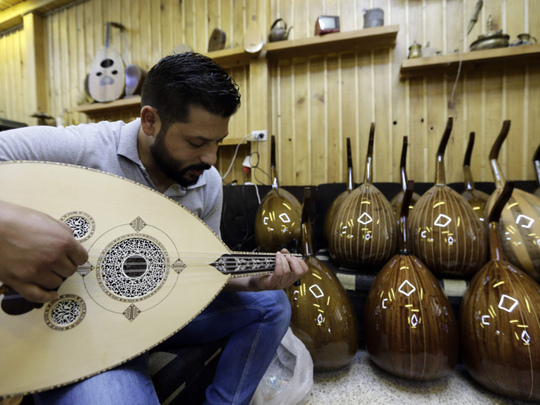
When you think of music, do you think of the Arab world? The connection is far deeper than you might think.
Click start to play today’s Crossword, where you can explore Khaleeji music and musicians.
According to US-based John F. Kennedy Center for the Performing Arts’ website, the world’s scientific understanding of music comes from ancient Greece – even the word ‘music’ traces its roots from the Greek mousiki, or the science of composing melodies. But it was the book by Arab philosopher Abu Nasr Al Farabi, called Kitab Al Musiqa Al Kabir, which expanded on Greek theories of music and provided detailed information on musical instruments.
As Europeans travelled to new lands, Arab musical instruments and Al Farabi’s writings spread across the Western world. Arab culture is, in fact, responsible for the introduction of practically every kind of drum to the West.
Here, we share five musical instruments the Arabs introduced to the world:
Darbuka or goblet drum
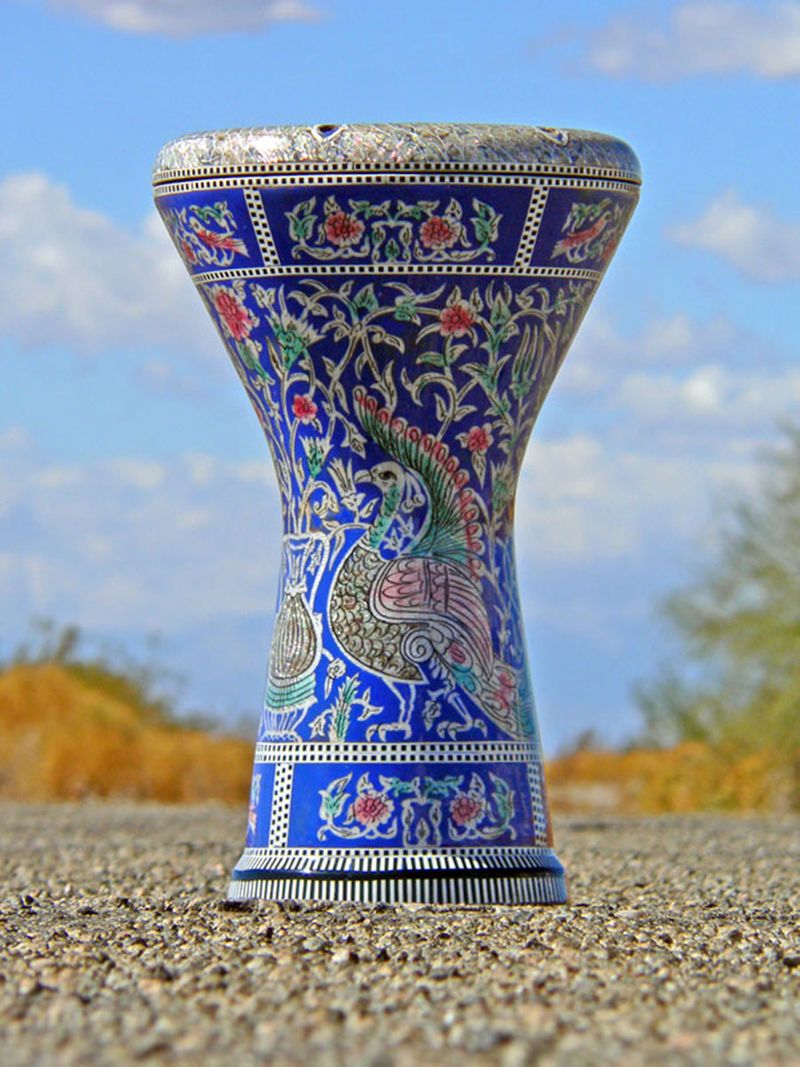
Darbuka comes from the Arabic word ‘daraba’ (to strike). Goblet drums have been around for thousands of years, and were seen in Babylonia and Sumer from as early as 1100 BC. Similar to the African djemble, the darbuka is played with both hands while the drum is held under one arm. The drum generates a diverse range of sounds – from crisp near the edge, to resonant in the middle.
Naqqara
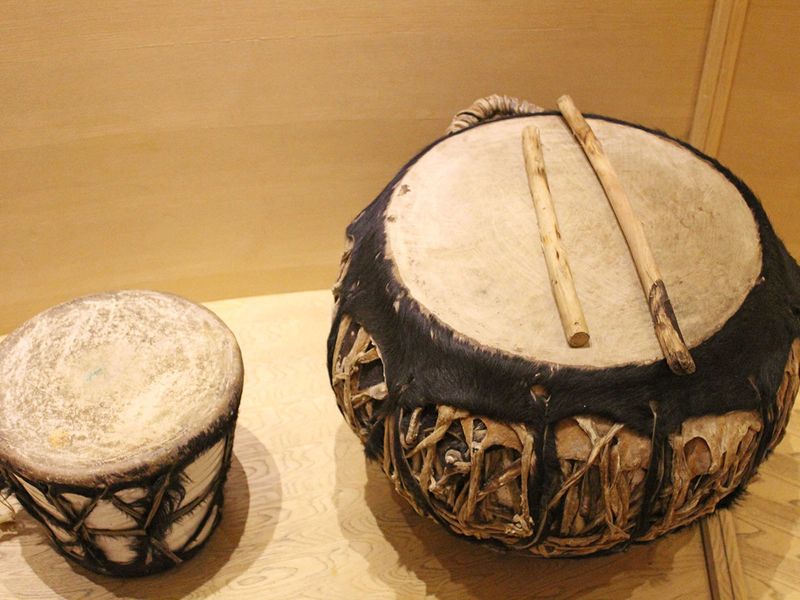
With a rounded back and a hide head, the naqqara are usually played in pairs. The instrument was adopted in Europe, several centuries' ago. The European orchestral kettledrum or timpani is a direct descendent of the naqqara.
Oud
The oud is a pear-shaped stringed instrument (pictured above) that can have up to 12 strings. It’s one of the oldest instruments in Arabia and had an enormous influence on Western music. European minstrels originally played a harp-like instrument until Arabs brought the oud to Europe, where it was adopted and renamed the lute.
Qanun
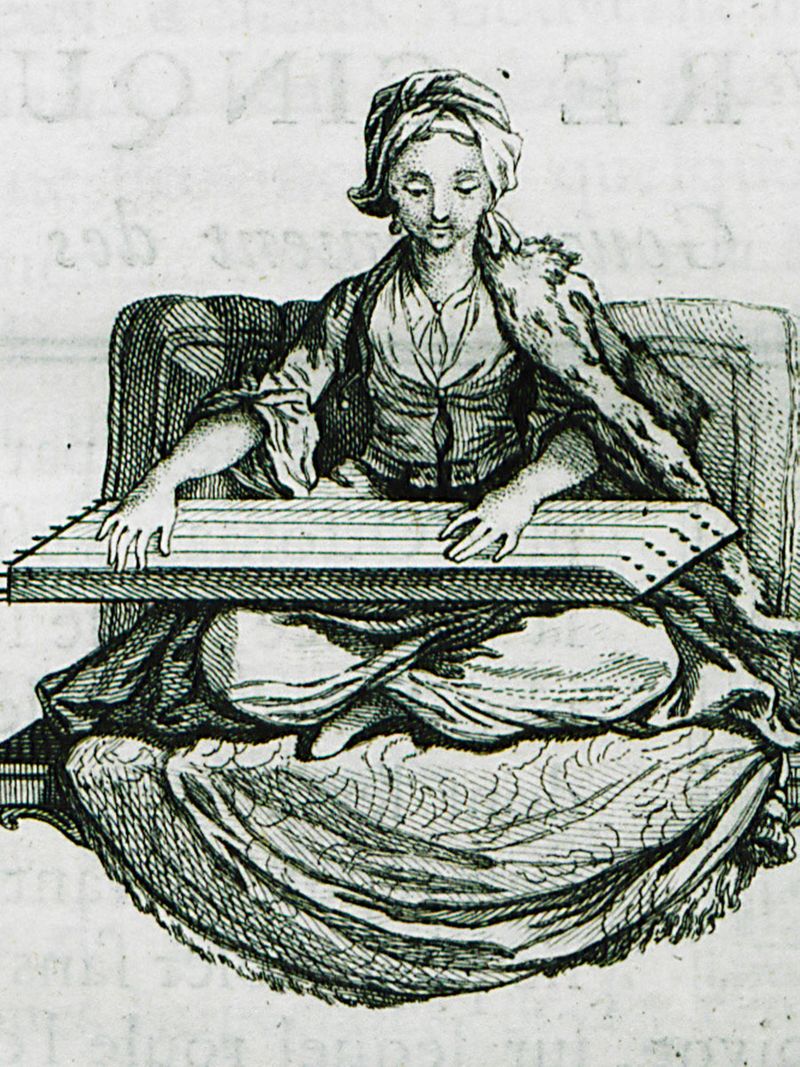
A descendent of the Egyptian harp, this instrument has been an integral part of Arabic music since the 10th century. The word qanun means ‘law’ in Arabic, and the instrument is considered to lay down the law of pitch for other instruments and singers. Resembling a dulcimer, the trapezoid-shaped board has over 81 strings. The musician lays the instrument over his knees or on a table when playing.
Riq
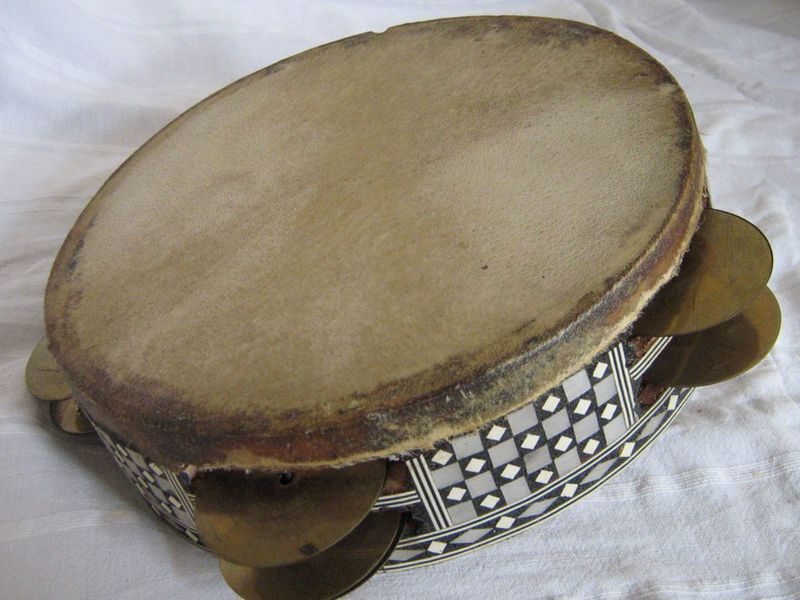
A small tambourine, traditionally made with goat skin, the riq was the sole percussion instrument in a musical ensemble in the beginning of the 20th century. As time passed, with the introduction of the darbuka and other such instruments, riq players developed a technique that emphasised the sound of the cymbals over the membrane. The riq player is usually the master of rhythm and controls the speed and dynamic of the entire orchestra.
Which Arab musical instrument have you seen musicians play? Play today’s Crossword and let us know at games@gulfnews.com.




